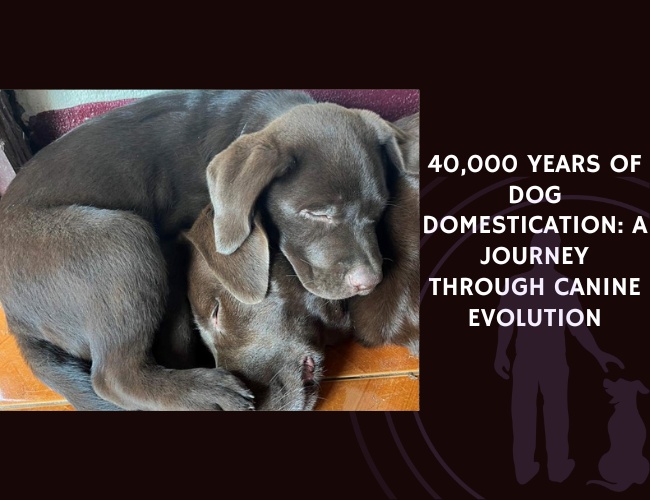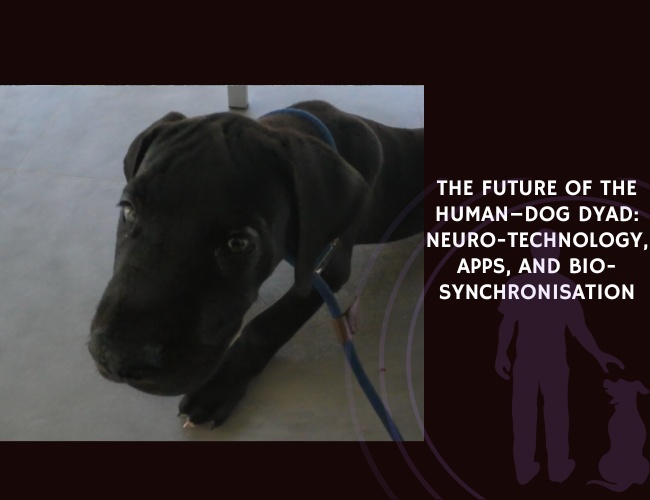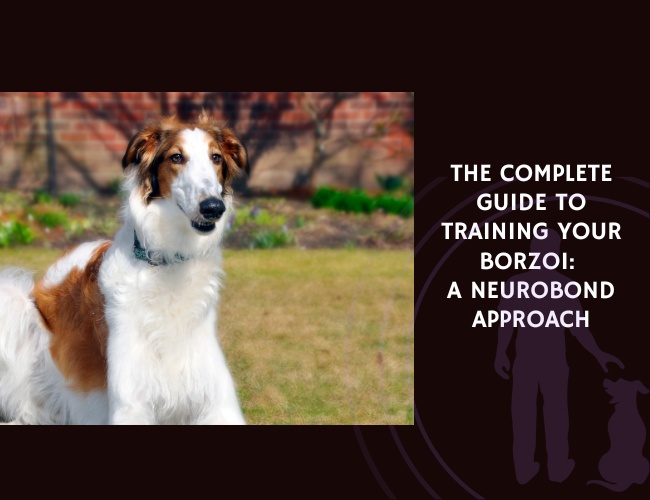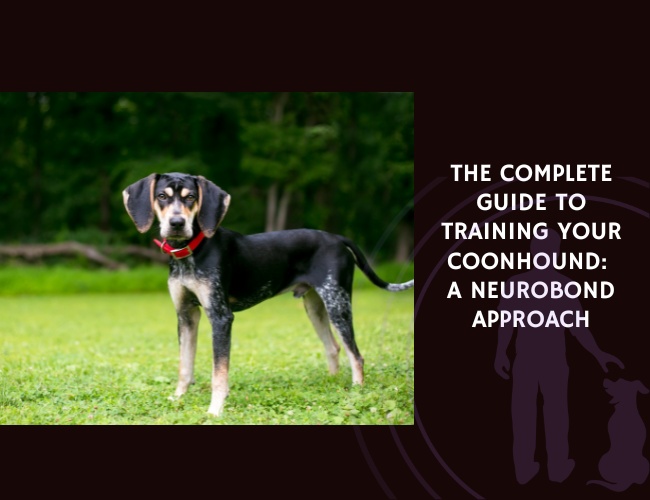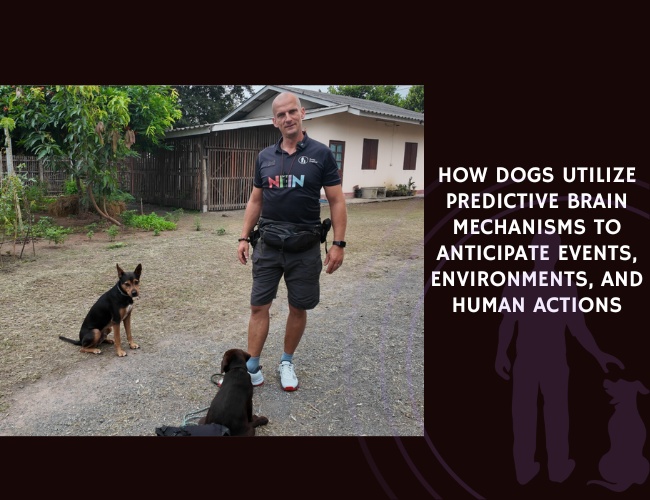Origins and Ancestry
Gray wolf (Canis lupus) as the primary ancestor of domestic dogs
Domestic dogs (Canis familiaris) share a significant historical and genetic connection with the gray wolf (Canis lupus). It’s widely accepted that the primary ancestor of all domestic dogs is the gray wolf. This close relationship is evident in the genetic similarities between the two species, which indicates a shared lineage. While the exact details of the domestication process are still a topic of research, the bond between humans and wolves played a crucial role in the evolution of domestic dogs.
What is believed to be an ancestor of the domestic dog?
The evolutionary history of domestic dogs is deeply intertwined with their wild ancestors, primarily the gray wolf (Canis lupus). It is widely believed that the domestic dog (Canis familiaris) is a direct descendant of the gray wolf. This belief is supported by extensive genetic studies that have traced the lineage of modern dogs back to ancient wolf populations. The genetic similarities between these two species are profound, indicating a shared ancestry that dates back tens of thousands of years. While the exact timeline and process of domestication remain subjects of ongoing research, the consensus is that the gray wolf played a pivotal role in the emergence of the domestic dog.
Recent molecular evidence has further solidified the connection between domestic dogs and their wolf ancestors. Studies utilizing mitochondrial DNA (mtDNA) have revealed that all domestic dogs can trace their genetic roots back to wolves, highlighting the significant evolutionary journey from wild predator to human companion. This transformation was likely facilitated by early interactions between humans and wolves, where certain wolf populations began adapting to life alongside human settlements. Over time, these wolves evolved into the diverse array of dog breeds we see today, each with unique traits shaped by both natural selection and human influence.
In addition to the gray wolf, some researchers propose that an extinct Late Pleistocene wolf may have also contributed to the genetic makeup of domestic dogs. This hypothesis suggests that the domestication process involved multiple wolf populations, each contributing distinct genetic traits to the emerging canine lineage. As a result, the domestic dog embodies a rich tapestry of genetic diversity, reflecting its complex evolutionary history and the enduring bond between humans and their canine companions.
Genetic evidence linking modern dogs to ancient wolf populations
Genetic studies have provided substantial evidence linking modern dogs to ancient wolf populations. Mitochondrial DNA (mtDNA) analyses have shown that all domestic dogs can trace their ancestry back to wolves. Researchers have discovered genetic markers present in both ancient wolf remains and modern dogs, supporting the theory of a common ancestor. These studies have been instrumental in understanding the genetic pathways that led to the domestication of dogs. For instance, recent research has identified specific genetic variations associated with traits such as tameness and sociability, which were likely selected for during the domestication process.
Timeline of divergence from wolves (20,000-40,000 years ago)
Determining the exact timeline of when dogs diverged from wolves has been challenging due to the complexity of the process and the limitations of archaeological evidence. However, it is generally believed that the domestication of dogs occurred between 20,000 and 40,000 years ago. This period marks significant changes in human society, including the development of stable settlements and advances in hunting techniques, which may have facilitated closer interactions between humans and wolves.
Fossil records have provided additional clues about the timeline of dog domestication. For example, archaeological sites have uncovered evidence of canids that exhibit morphological changes distinct from their wild counterparts, suggesting early stages of domestication. These findings, combined with genetic data, paint a picture of a gradual process where wolves began to adapt to living alongside humans.
The process of domestication likely involved wolves scavenging near human settlements, which eventually led to a mutualistic relationship. Over time, certain wolves that were less aggressive and more sociable may have found it advantageous to remain close to human groups, leading to a gradual selection for tameness and other domesticated traits. This selective process, often referred to as “self-domestication,” set the stage for the development of the modern domestic dog.
As humans and wolves continued to coexist, the wolves that were most suited to living near humans were more likely to survive and reproduce. This led to the evolution of traits that were beneficial in a human-dominated environment, such as reduced fear of humans, altered reproductive cycles, and changes in diet. These adaptations played a crucial role in the divergence of wolves into a distinct species – the domestic dog.
Understanding the origins and ancestry of domestic dogs is essential for appreciating the deep bond that has developed between humans and dogs over thousands of years. The next chapter will delve into the fascinating process of early domestication, exploring how this unique partnership between humans and dogs began and evolved.
Early Domestication Process
Archaeological Evidence of Early Dog-Human Relationships
The journey of dog domestication is deeply rooted in human history, with numerous archaeological findings shedding light on early dog-human relationships. Sites across Europe, Asia, and the Middle East have unveiled ancient dog remains buried alongside human artifacts, suggesting a profound connection between species. Notably, a 14,000-year-old grave in Germany containing a human, an older dog, and a puppy illustrates the companionship and emotional bonds humans shared with dogs. Similar discoveries across various regions highlight that dogs were not just functional animals but valued members of early human communities.
Theories About How Wolves Began Living Alongside Humans
While the precise sequence of events leading to dog domestication remains debated, several theories support how wolves transitioned to living alongside humans.
The Commensal Pathway Theory
One widely accepted theory is the commensal pathway, where wolves and humans formed a mutually beneficial relationship. As humans began to settle and form permanent communities, waste disposal sites became attractive feeding grounds for scavenger wolves. The wolves that were less aggressive and more tolerant of human presence managed to exploit this new food source. Over generations, these tamer wolves might have gradually integrated themselves into human settlements, eventually leading to domestication.
The Mutual Aid Theory
Another significant theory is the mutual aid theory. Early humans might have recognized the advantages of coexisting with wolves, such as their keen senses for hunting and alerting to dangers. In turn, wolves may have benefitted from the protection and steady food supply near human groups. Through a slow and selective process, humans likely favored the presence of wolves that adapted better to human settings, thus paving the way for domestication.
Early Roles of Dogs in Human Settlements
As the bond between humans and dogs strengthened, dogs began to assume various roles within early communities, reflecting both their utility and social function.
Hunting Partners
One of the earliest roles of dogs was as hunting partners. Dogs’ keen sense of smell and ability to track prey made them invaluable to human hunters. This cooperative hunting not only improved the efficiency of acquiring food but also enhanced the survival rates of both species. Evidence from archaeological sites depicts dogs and humans working together, showcasing their partnership in hunting endeavors.
Guard and Protection Role
Dogs also served as guards, protecting human settlements from predators and rival groups. Their heightened senses and loyalty rendered them ideal for providing security. Ancient remains show that dogs were often stationed at the peripheries of human dwellings, where their presence deterred potential threats and safeguarded resources.
Companions and Social Bonds
Beyond their functional roles, dogs quickly became companions, forging strong social bonds with humans. Evidence suggests that humans greatly valued their relationship with dogs, often burying them with care and even placing them in ceremonial contexts. This companionship likely contributed to the emotional and psychological well-being of early humans, reinforcing the bond between species.
As we delve into the roles of dogs in human settlements, it becomes evident that their domestication was not a singular event but a complex process driven by various factors. The archaeological evidence and theories of their initial integration into human life highlight their importance and the myriad ways they supported and enriched early human societies.
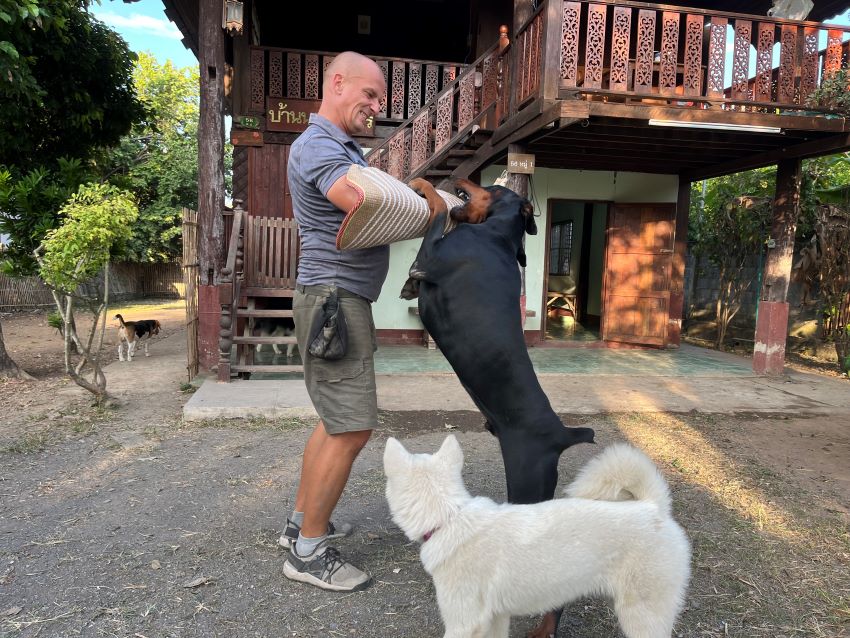
Genetic Evolution and Diversity
As humans began building tighter relationships with wolves, domestication was not a one-time event taking place in a single location. Instead, independent domestication events occurred in different parts of the world, leading to the diverse genetic evolution evident in modern dogs today. Examining this genetic evolution helps us understand how such a wide variety of dog breeds emerged.
Independent Domestication Events
Research indicates that domestication of wolves occurred separately in multiple geographical regions. For example, genetic studies suggest that domesticated dogs in Europe and Asia arose from separate wolf populations. This means that early humans in different regions managed to tame and integrate wolves into their communities independently. These parallel domestication events allowed for unique genetic traits to develop within different dog populations.
One study even suggests that dogs in the Middle East may have descended from a distinct set of local wolves, different from those that gave rise to Europe’s domestic breeds. This hypothesis highlights the complex tapestry of canine domestication across human history.
Development of Distinct Genetic Lineages
Due to domestication in various locales, different genetic lineages naturally appeared. These lineages were shaped not just by isolation and regional breeding, but also by the specific needs and preferences of the human communities involved. As dogs adapted to different environments and roles, we witnessed the emergence of traits that benefited local tasks, climates, and cultures.
For example, in colder climates, thicker fur coats were favored, leading to breeds adapted to withstand such environments. Conversely, in regions requiring quick herding or agile hunting dogs, more streamlined physiques and keen senses became prominent. This selective pressure, based on human needs, ensured that distinct genetic lineages developed and flourished.
Role of Selective Breeding
Selective breeding played a pivotal role in shaping the genetic diversity seen in today’s dogs. Once dogs began living closely with humans, purposeful breeding to reinforce desirable traits became more common. Early humans selected dogs that exhibited particular physical or behavioral traits, such as increased tameness, loyalty, or physical strength.
Over time, this selective breeding led to the refined characteristics of various breeds. For instance, herding dogs, like the Border Collie, were bred for their intelligence and responsiveness to human commands. Guard dogs, such as the Mastiff, were bred for their size and protective instincts. Similarly, companion breeds, like the Pomeranian, were bred for their small size and sociable temperament.
The practice of selective breeding intensified with the establishment of kennel clubs and breeding standards during the last few centuries. Breeders began focusing on very specific traits, leading to the wide assortment of dog breeds distinguished today.
Although the core genetics linking modern dogs to their ancient wolf ancestors remains, the selective breeding process has sculpted numerous breed-specific traits. This has resulted in the explosion of breed diversity, ranging from Chihuahuas to Great Danes, each with unique needs and characteristics.
With the genetic groundwork laid, we now move towards understanding how physical and behavioral traits evolved to adapt dogs to various human needs and environments.
Physical and Behavioral Adaptations
As dogs evolved from their wild ancestors, they underwent significant changes in both their physical characteristics and behaviors. These adaptations enabled them to become well-suited to living alongside humans and fulfilling various roles in human societies.
Physical Transformations
One of the most noticeable differences between wolves and dogs is their physical appearance. While wolves have a consistent look, dogs come in a wide range of shapes, sizes, and colors. Here are some of the key physical changes that have occurred:
- Size and Shape: Dogs vary greatly in size. Breeds like the Chihuahua are tiny and weigh only a few kilograms, while breeds like the Great Dane can reach over 90kg. This diversity in size is not seen in wolves.
- Coat Variations: Dogs have a variety of coat types. Some have thick and long fur, while others have short and smooth coats. The fur can also be curly, straight, or wavy, in numerous colors and patterns.
- Facial Structures: Dog breeds exhibit a wide range of facial features. For example, the Pug has a flat face, while the Greyhound has a long, narrow snout. These structural differences are absent in wolves.
- Tail and Ear Shapes: Dogs’ tails and ears come in many forms. Some breeds have curled tails (like the Shiba Inu), while others have straight or docked tails. Ears can be floppy (like the Beagle) or erect (like the German Shepherd).
These changes in physical appearance stem from selective breeding, where humans chose specific traits that were desirable for various functions and aesthetics.
Development of Social Cognition
Dogs have also developed unique behaviors that make them adept at interacting with humans. Over thousands of years, their social cognition has evolved to include:
- Communication with Humans: Dogs are skilled at reading human body language and facial expressions. They can understand gestures like pointing and often respond to verbal commands. This ability to communicate is crucial for their roles as companions, working animals, and service dogs.
- Attachment and Bonding: Dogs form strong bonds with their human caregivers. They exhibit behaviors such as following their owners, seeking physical affection, and displaying excitement upon their return. These behaviors have cemented their role as loyal companions.
- Learning and Training: Dogs are capable learners. They can be trained to perform a variety of tasks, from fetching items to herding livestock. Positive reinforcement methods, involving treats or praise, are often used to encourage desired behaviors.
Evolution of Breed-Specific Traits
Through selective breeding, humans have developed breeds with specific traits to suit their needs. This process has led to the emergence of many specialized breeds:
- Working Dogs: Breeds like the Border Collie and the German Shepherd were developed for their intelligence and herding abilities. These dogs are essential for managing livestock.
- Hunting Dogs: Breeds such as the Beagle and the Pointer were designed for their keen sense of smell and tracking skills. These traits make them excellent hunting companions.
- Companion Dogs: Small breeds like the Pomeranian and the Yorkshire Terrier were bred primarily for companionship. Their small size and friendly temperament make them ideal pets.
- Guard Dogs: Breeds like the Rottweiler and the Doberman Pinscher were developed for their protective instincts and loyalty. These dogs are often used for security purposes.
These breed-specific traits are the result of generations of breeding practices, with humans selecting for qualities that best suited their lifestyle and requirements.
Though extensive breeding has resulted in the wide variety of dog breeds we see today, it is also essential to acknowledge the deep bond between humans and dogs that has persisted throughout this process. This bond has influenced the evolution of breeds and their roles in human society, showcasing the remarkable adaptability of what was once a wild species.
This evolution from wild, independent wolves to diverse, specialized domesticated dogs is truly fascinating. The interplay between genetics, behavior, and human influence has created the incredible array of breeds we see today.
Cultural Impact and Historical Significance
Dogs’ Roles in Different Societies Throughout History
Throughout history, dogs have held varied and significant roles in human societies. Their versatility and ability to adapt to human needs have made them invaluable companions across different cultures and contexts.
In ancient Egypt, dogs were revered not only as hunters and protectors but also as symbols of loyalty and guardianship. The Egyptians held certain breeds, such as the Basenji, in high regard and depicted them in their tombs and temples. Similarly, in ancient Greece, dogs served as guardians and hunting partners. Greek mythology frequently portrays dogs in heroic tales, highlighting their valor and companionship.
In contrast, the nomadic tribes of Central Asia valued dogs for their exceptional hunting skills and ability to safeguard livestock. Breeds like the Afghan Hound were esteemed for their agility and hunting prowess in the rugged terrains of the region. Moreover, the use of dogs in warfare was prominent, with dogs often trained and used as attack and guard dogs in various military contexts throughout history.
In more modern times, dogs significantly contributed to exploration and scientific endeavors. The famous example of the sled dogs during the exploration of Antarctica shows how crucial they were for survival in harsh conditions. The heroics of Balto, a sled dog who played a key role in delivering diphtheria antitoxin during the 1925 serum run to Nome, Alaska, emphasizes the life-saving partnerships that have formed between humans and dogs.
Influence of Cultural Practices on Breed Development
Cultural practices have profoundly influenced the development of different dog breeds. Selective breeding has been a significant aspect of this process, where certain traits were favored based on societal needs and preferences.
For example, during the Middle Ages, European nobles bred dogs for roles such as hunting, guarding, and companionship. Breeds like the Greyhound were selective products of this period, admired for their speed and hunting efficiency. Similarly, the Tibetan Mastiff evolved as a guardian of livestock in the Himalayan regions, bred to withstand cold temperatures and protect herds from predators.
In Japan, the Akita Inu was historically used for hunting and also became a symbol of loyalty and fidelity. The cultural reverence for these dogs led to their breeding and preservation as a national treasure. Their role in Japanese society as protectors and companions highlights the intersection of cultural values and breed development.
In contrast, in urbanized and industrial societies, smaller dog breeds such as the Pug and the Chihuahua gained popularity as companion animals. These breeds were selectively bred for their size, demeanor, and suitability to indoor living, reflecting the changing lifestyles and living environments of their human counterparts.
Evolution of the Human-Dog Bond Across Civilizations

The human-dog bond has evolved remarkably over millennia, transforming from a partnership of convenience to one of deep emotional connection and mutual dependence. Initially, this bond was largely based on practical benefits: dogs aided in hunting, offered protection, and helped manage livestock.
As societies evolved, so did the nature of the companionship. Dogs transitioned from mere working partners to indispensable family members. This shift is reflected in various cultural artifacts, literature, and practices that celebrate the human-dog relationship. For instance, in many cultures, dogs have found roles in folklore and mythology, often depicted as loyal protectors, guides, and even supernatural guardians.
The rise of the pet industry and canine-related services in contemporary times underscores the growing importance of dogs in our daily lives. Advanced veterinary care, specialized training programs, and even psychological services for dogs illustrate the extent to which humans are now willing to invest in their well-being, highlighting the profound emotional and psychological bond shared with these animals.
This evolving relationship also underscores an important aspect of human nature: our capacity for empathy, care, and nurturing across species boundaries. Dogs, through their adaptability and affability, have seamlessly integrated into human societies, enhancing our lives in numerous ways.
Looking forward, the continued evolution of this bond promises further integrations and shared experiences between humans and dogs, enriching our mutual history and ensuring that dogs remain a steadfast and cherished part of our lives.

